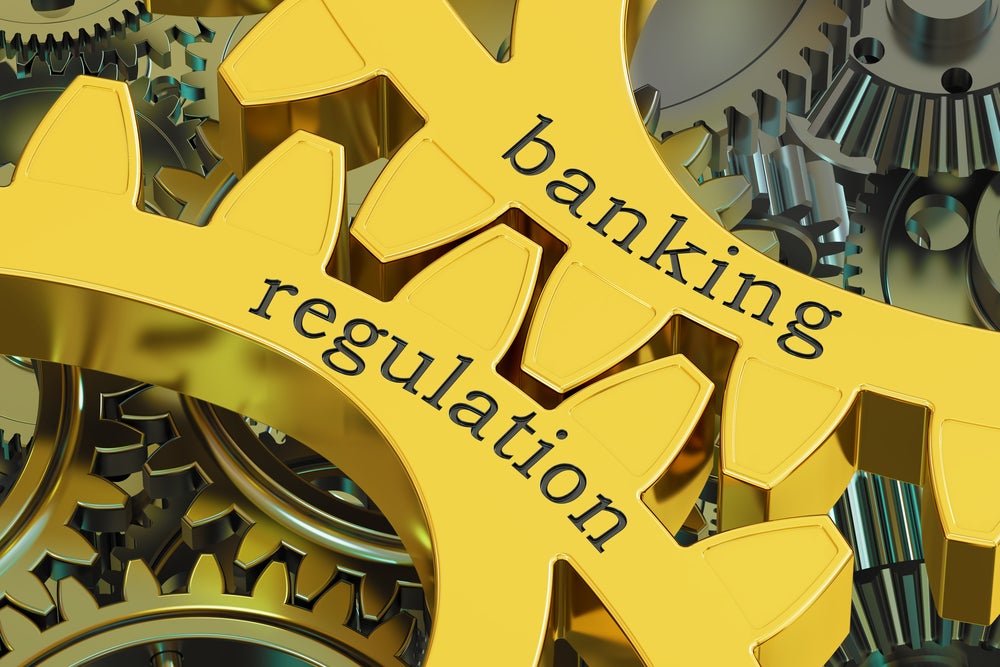2023 will be noted for the elevated levels of global economic and political risks and a new awareness of the fast-emerging multipolar world. Jon Duncan writes on the aftermath of COP28
National elections in 2024 in the USA, Taiwan, India, Pakistan, Mexico and South Africa provide important insights into this shifting geopolitical context. Taiwan’s recent elections provided an early test for China’s ‘reunification’ ambitions and reminded the world of the critical role Taiwan plays in the global semiconductor industry. Closer to home, the European Parliament elections in June will a be good test of EU sentiment on green economy and decarbonisation targets, which some politicians say clash with national labour and economic self- interests.
What happened at COP28?
For the world of sustainable finance, a fragmenting world makes it more difficult for ‘collective’ action on global environmental and social issues. It was thus surprising that the COP28 Climate Summit in Dubai resulted in the historic commitment to transition away from Fossil Fuels. While the language was imprecise, the bigger implication is an implicit acknowledgement that the long-term decline in fossil fuels is underway. For long-term investors, this shifts the calculus on the fossil fuel sector, whose structural decline over the next 26 years feels more certain, as the world targets a net-zero economy by 2050.
The International Energy Agency forecast a global peak of fossil fuel use by 2030 driven primarily by Chinese economic slow-down and rebalancing. In simple terms China does not need as much steel and cement for stocks of housing or urban and transport infrastructure. Consequently, the next phase of Chinese growth is forecast to be less fossil-fuel intensive. The IEA report that each 1% of decline in Chinese economic growth has the potential to reduce their 2030 coal demand by an amount equal to roughly the annual demand for Europe. At the same time, in 2022, China added as many renewables as the rest of the world. In September 2023, 38% of cars sold in China were EVs with the number increasing month on month.
Is this the beginning of the end for fossil fuel majors and their associated collectives? Or is this the start of a race to the bottom, as each player seeks to monetize fossil fuel assets. Further consolidation in the publicly listed fossil fuel sector is expected, with valuations increasingly being driven by dividend yield. It’s expected that Petro-nation pumping / pricing agreements are likely to come under strain as members break rank to meet national budget requirements.
Green growth stimulus vs fossil fuel subsidy – the balancing act of the century
The EU Green Deal and the US Inflation Reduction Act (IRA) are both providing strong long term fiscal support on both sides of the Atlantic with the full effects yet to fully crystalise. The IRA has to-date been key to the development of the ‘battery belt,’ spanning the US South / Midwest. The area is home to 340 new projects worth an estimated $168bn – 50% focused on EVs and batteries, with spread across solar, wind, nuclear, grid and storage. Globally, investment in energy transition technologies was reported as $1.11trn in 2022 , driven by both private sector and government capital commitments. 2023 numbers are expected to show year-on-year growth.
How well do you really know your competitors?
Access the most comprehensive Company Profiles on the market, powered by GlobalData. Save hours of research. Gain competitive edge.

Thank you!
Your download email will arrive shortly
Not ready to buy yet? Download a free sample
We are confident about the unique quality of our Company Profiles. However, we want you to make the most beneficial decision for your business, so we offer a free sample that you can download by submitting the below form
By GlobalDataAt the same time, governments have also had to manage the impact of rising fossil fuel costs on inflation. The IMF report that high fossil pricing pushed governments to provide over $1.3trn explicit subsidies to manage consumer energy price shocks in 2022 .
One of the lesser reported pieces of text from the COP28 agreement, but no less significant in its implication, is the call to phase out “inefficient fossil fuel subsidies…”.
Removing subsidies will be politically unpopular and if not done with due care, could cause material consequences for energy security, inflation and social stability. Similarly, governments must find fiscal headroom to stimulate Green Economic Growth, which has been tricky given inflation concerns. To further complicate matters, the physical impact of a changing climate is beginning to show a concerning long-term trend. Swiss Re reported that the property catastrophe re-insurance rates are at a 20-year high. Demand for covers has grown as natural disasters continue to cause property damage across the world, resulting in global economic losses of $275bn in 2022 of which 150 billion was uninsured. Swiss Re report a 115% rise in economic losses from natural catastrophe relative to the 30 average. The growth in uninsured losses carried by governments is likely to put increased strain on already stretched budgets.
While 2024 will undoubtedly bring new challenges for sustainable finance, the fundamentals for the green economy transition remain in place, with perhaps an emerging appreciation of the strategic long-term geopolitical advantage of a decarbonised self-powered economy.
Jon Duncan is the chief impact officer at REYL








